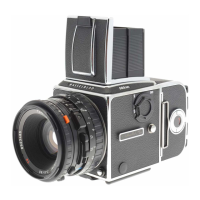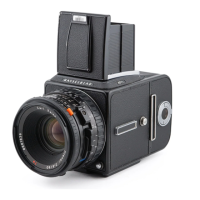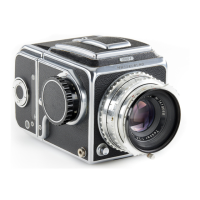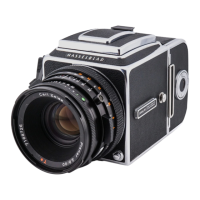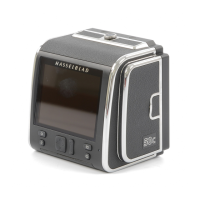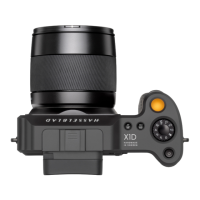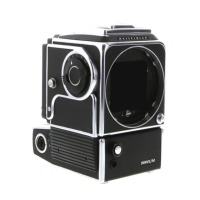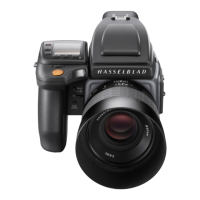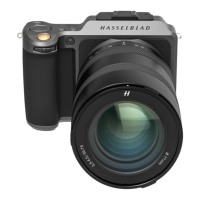la~7E17.:JSS'tTHI
, 2 4 8
15
3060125250500
2 3 4 5
22
16
" 8
5,6
4
2,8
[ I
2?
16
'1'
~
,7,
II,
;,
~
1,1
16
22
I
, ,
5
7
10
ZO
00
15
25
50
16
Focusing and Depth of Field
On
the focusing ring are the distance scales and
a knurled rubber grip which
is
closest to the
camera body. You focus the lens
by
rotating the
focusing ring until you obtain a sharp image of the
subject
in
the viewfinder.
The distance between the subject and the film
plane
is
read off the focusing ring's distance
scale opposite the central lens index. The dis-
tance
in
metres
is
shown
in
white numerals, and
the distance
in
feet
is
in
orange numerals.
Objects closer or further away than the selected
distance will be sharp, within certain limits. The
limits of this field of sharp focus, i.e. depth of field,
vary with the aperture.
The depth of field available
at
any given f/stop
can be read off the depth-of-field scale
on
both
sides of the central index. The rings
on
the
illustration indicate how to read the depth of field
scale with
an
aperture of
II.
Infrared Photography
Infrared (IR) rays (wavelengths longer than 800
nanometers) are refracted to a focal plane some-
what behind the focal plane of the visible light
images formed
on
the focusing screen. To
compensate for this discrepancy, proceed as
follows:
Focus
as
usual
on
the focusing screen. Then
rotate the focusing ring until the distance set
is
opposite the
red
IR
index.
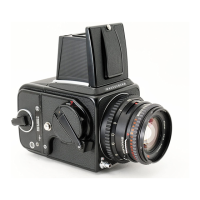
